Dances in Mexico, The Rhythmic Tapestry of Mexican National and Regional Dances: A Cultural Mosaic
Introduction:
Mexico, a country known for its vibrant culture and rich history, boasts a diverse array of traditional dances that reflect the nation’s cultural heritage. From the energetic and colorful rhythms of Jalisco’s Jarabe Tapatío to the symbolic storytelling of the Aztec-inspired Danza de los Voladores, Mexican dances are deeply rooted in history, tradition, and the fusion of indigenous and European influences. This exploration delves into the captivating world of Mexican national and regional dances, unraveling their origins, characteristics, and cultural significance.
I. National Dances:
1.1 Jarabe Tapatío: The National Dance of Mexico
Jarabe Tapatío, often referred to as the “Mexican Hat Dance,” stands as a quintessential representation of Mexican dance on the national stage. Originating from the state of Jalisco, this lively and colorful dance showcases the fusion of indigenous and Spanish influences. Dancers clad in traditional attire perform intricate footwork, incorporating zapateado, accompanied by the rhythmic sounds of mariachi music. The dance is a celebration of courtship and flirtation, embodying the joyous spirit of Mexican culture.
1.2 Danza de los Voladores: An Ancient Ritual in Motion
The Danza de los Voladores, or the “Dance of the Flyers,” is a ritual with ancient Mesoamerican roots, particularly associated with the Totonac people. Recognized by UNESCO as an Intangible Cultural Heritage, this dance is performed on a tall pole, with four dancers descending slowly while attached to ropes. Symbolizing the connection between earth and sky, the Danza de los Voladores is a mesmerizing spectacle that pays homage to the natural elements and the agricultural cycles central to indigenous beliefs.
II. Regional Dances:
2.1 La Bamba: Veracruz’s Lively Celebration of Identity
La Bamba, originating from the state of Veracruz, is a lively dance that combines Spanish and Afro-Caribbean influences. Accompanied by the rhythm of the jarana, a traditional guitar-like instrument, and the beats of the marimba, La Bamba is a celebration of community and identity. The dance involves intricate footwork and twirls, with participants expressing their joy through colorful costumes and energetic movements.
2.2 Huapango: The Rhythmic Heartbeat of the Huasteca Region
Huapango, rooted in the Huasteca region, is a lively dance known for its fast-paced footwork and intricate partnering. Accompanied by the sounds of violin, huapanguera (guitar), and jarana, the dance often tells stories of love, nature, and daily life. Dancers, adorned in vibrant costumes, engage in intricate foot-tapping (zapateado) patterns, creating a dynamic and rhythmic spectacle that captures the essence of Huasteca culture.
2.3 Dance of the Old Men (Danza de los Viejitos): Michoacán’s Cultural Expression
The Dance of the Old Men, originating from the state of Michoacán, is a traditional dance that pays homage to the elderly. Dancers don elaborate costumes that mimic the attire of elderly farmers, complete with walking sticks and straw hats. The dance is a playful and humorous representation of the aging process, celebrating the wisdom and contributions of older members of the community.
2.4 Son Jarocho: Veracruz’s Musical and Dance Fusion
Son Jarocho, originating from the state of Veracruz, is not just a dance but a musical and cultural tradition. Fusing indigenous, African, and Spanish influences, Son Jarocho features the use of traditional instruments such as the jarana, requinto, and zapateado. The dance often involves improvised footwork, with the dancers engaging in a lively exchange of movements in response to the music.
2.5 Matachines: Indigenous Rituals in Dance
The Matachines dance is a ceremonial dance with indigenous roots, performed in various regions of Mexico. Often associated with religious celebrations, the dance involves intricate choreography and symbolic gestures. Dancers, adorned in elaborate costumes and masks, reenact historical and religious narratives, embodying a fusion of indigenous traditions and Spanish influences.
III. Characteristics of Mexican Dances:
3.1 Colorful Costumes: A Visual Feast
Mexican dances are renowned for their vibrant and elaborate costumes that reflect the cultural diversity and history of the regions they represent. From the flowing skirts and sombreros of Jarabe Tapatío dancers to the colorful ribbons and embroidered dresses of La Bamba performers, costumes play a crucial role in conveying the cultural identity and symbolism embedded in each dance.
3.2 Symbolism and Storytelling: Cultural Narratives in Motion
Many Mexican dances are imbued with symbolism and storytelling, serving as a means of preserving cultural narratives and traditions. The Danza de los Voladores, for example, symbolizes the connection between the earth and the sky, while the Dance of the Old Men playfully explores themes of aging and wisdom. These dances become living expressions of cultural identity and history, passed down through generations.
3.3 Energetic Footwork: Zapateado and Rhythmic Precision
A common characteristic across various Mexican dances is the emphasis on energetic footwork, known as zapateado. This rhythmic precision adds a dynamic element to the performances, with dancers using their feet to create intricate patterns and syncopated beats. Zapateado is not only a form of artistic expression but also a celebration of the rhythmic diversity present in Mexican music and dance.
3.4 Communal Participation: The Essence of Togetherness
Many Mexican dances involve communal participation, reinforcing the sense of togetherness and community. Whether it’s the circle formations in La Bamba or the collaborative footwork in Son Jarocho, these dances embody the communal spirit that is deeply ingrained in Mexican culture. They serve as a means of fostering social bonds and celebrating shared identity.
3.5 Musical Diversity: A Fusion of Influences
The musical accompaniment of Mexican dances reflects a fusion of indigenous, African, and European influences. Traditional instruments such as the jarana, marimba, and violin contribute to the rich tapestry of sounds that accompany the dances. This musical diversity adds depth and complexity to the performances, creating a multisensory experience that resonates with the cultural diversity of Mexico.
IV. Influences and Evolution:
4.1 Indigenous Roots: Preserving Ancient Traditions
Many Mexican dances find their origins in indigenous traditions that predate the arrival of Europeans. The preservation of these ancient dance forms reflects a commitment to maintaining cultural continuity and honoring the contributions of indigenous communities. The Danza de los Voladores, with its deep Mesoamerican roots, exemplifies the enduring legacy of indigenous influence on Mexican dance.
4.2 Colonial Influences: The Merging of Cultures
The arrival of the Spanish colonizers in the 16th century brought a significant cultural exchange that shaped Mexican dance forms. European dance styles and musical instruments were fused with indigenous traditions, resulting in the creation of unique and syncretic forms of expression. This cultural merging is evident in dances like Jarabe Tapatío, which seamlessly blends indigenous and European elements.
4.3 Modern Revival: Preserving and Innovating
In the modern era, there has been a concerted effort to preserve and revitalize traditional Mexican dances. Folkloric dance groups, cultural institutions, and educational programs play a crucial role in passing down the knowledge and techniques of these dances to younger generations. Additionally, contemporary choreographers and artists are exploring innovative ways to fuse traditional elements with modern aesthetics, ensuring the continued relevance and vitality of Mexican dance forms.
V. Conclusion:
Mexican national and regional dances form a dynamic and vibrant mosaic that reflects the cultural richness, diversity, and history of the nation. From the spirited movements of Jarabe Tapatío to the ancient rituals of the Danza de los Voladores, each dance tells a story, preserving the traditions and identity of its region. The characteristics of Mexican dances—colorful costumes, symbolic storytelling, energetic footwork, communal participation, and musical diversity—combine to create a sensory experience that transcends time and resonates with audiences worldwide.
As Mexico continues to evolve, so too will its dances, adapting to the contemporary landscape while holding steadfast to the roots embedded in ancient traditions. The rhythmic tapestry of Mexican dance remains a testament to the resilience of cultural heritage, inviting people to partake in the joyous celebration of identity and community. Through the rhythmic beats and expressive movements, Mexican dances endure as living expressions of a nation’s cultural pride, inviting all to join in the celebration of a rich and diverse heritage.


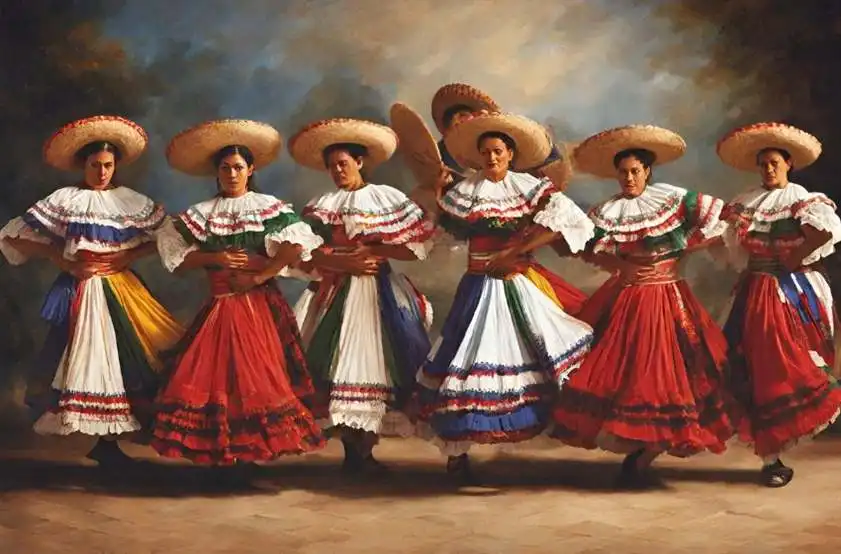
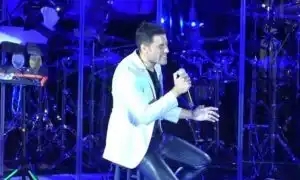
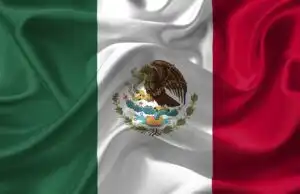
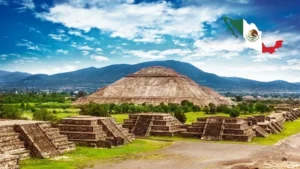
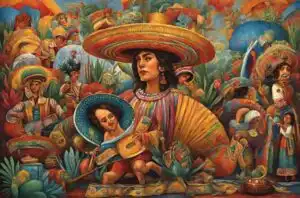
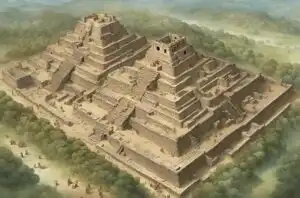
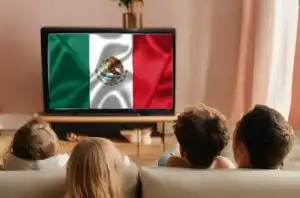
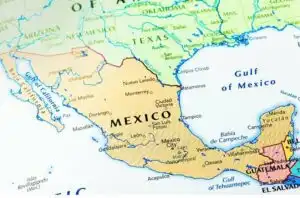
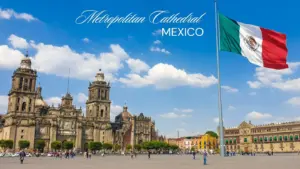
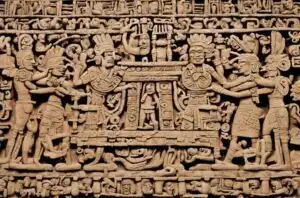
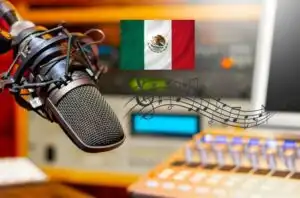
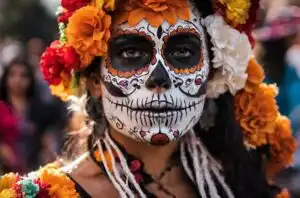
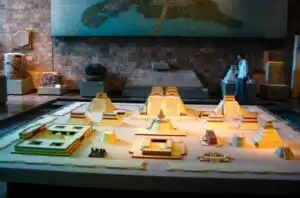
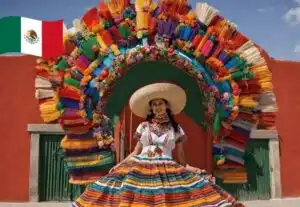
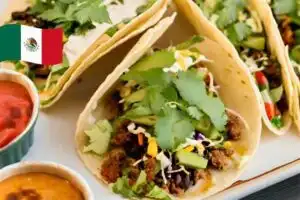
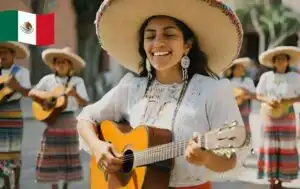
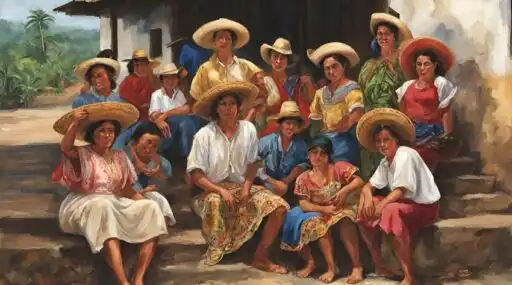
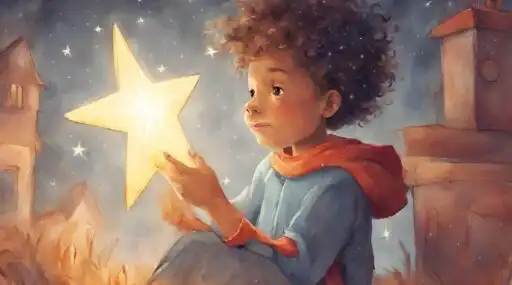
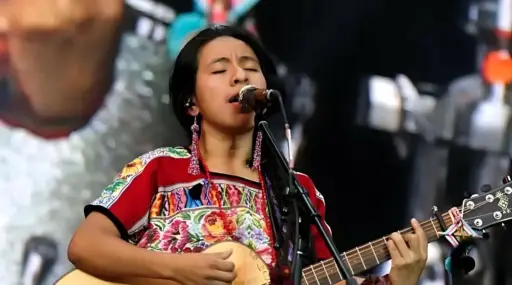
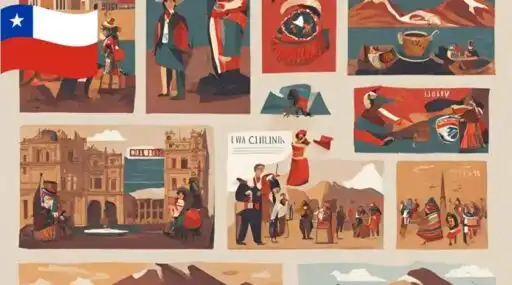
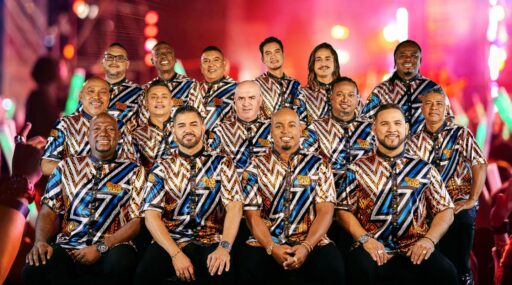
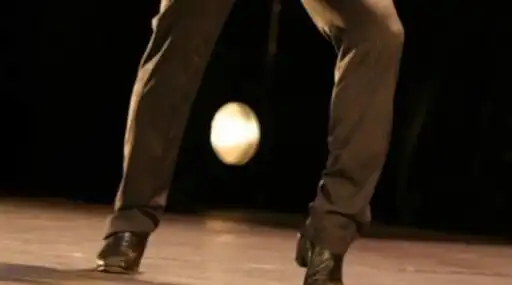
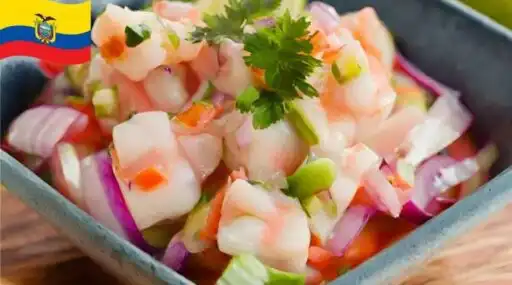
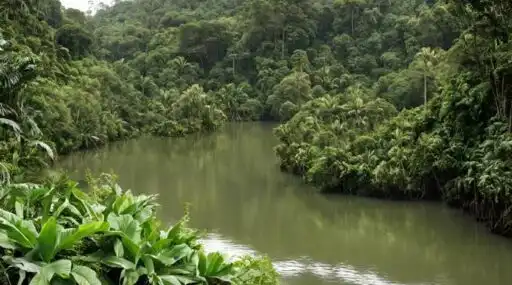
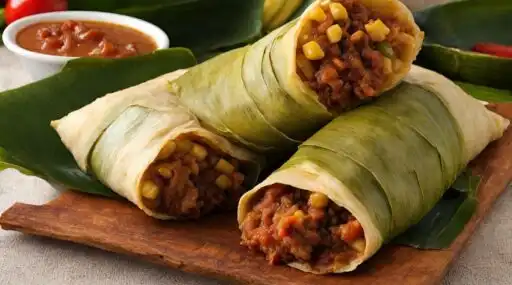
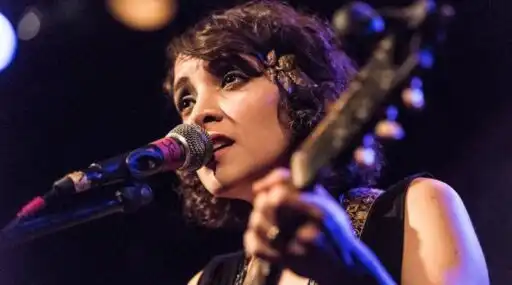
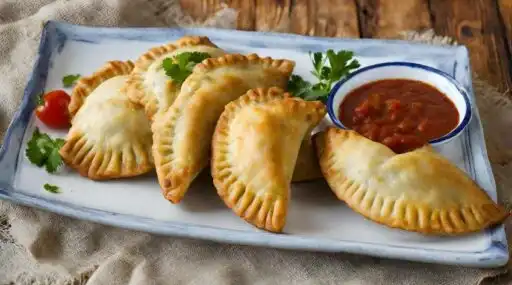
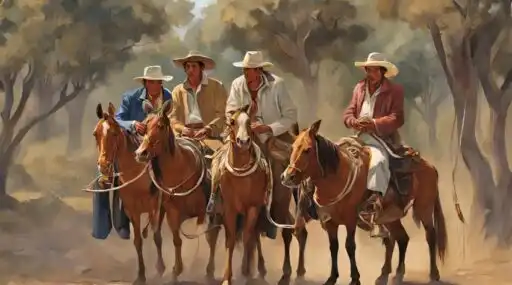
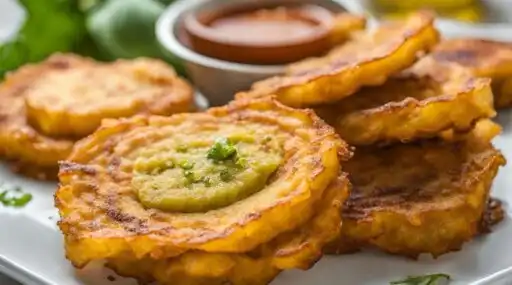
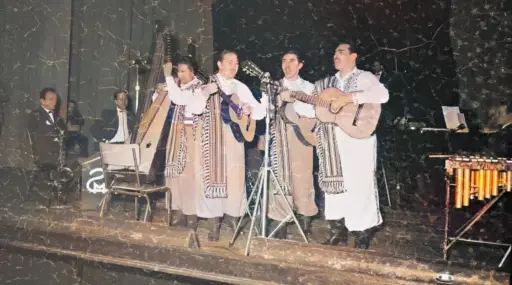
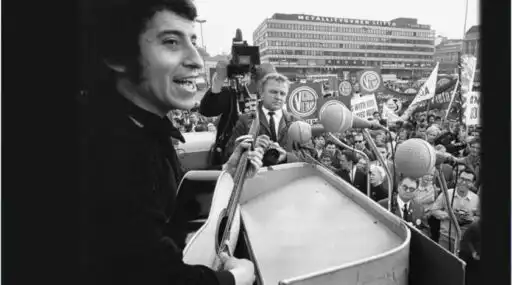
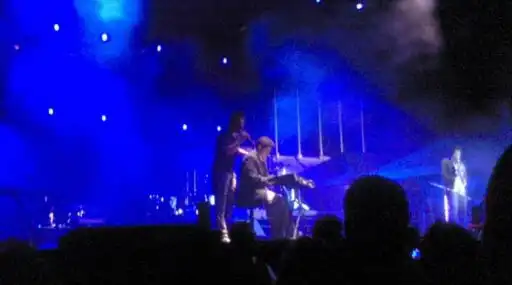

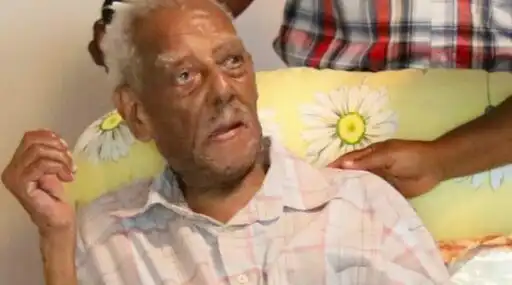
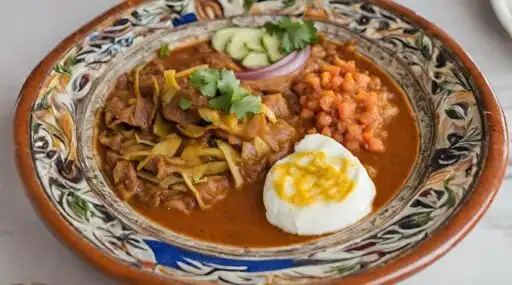
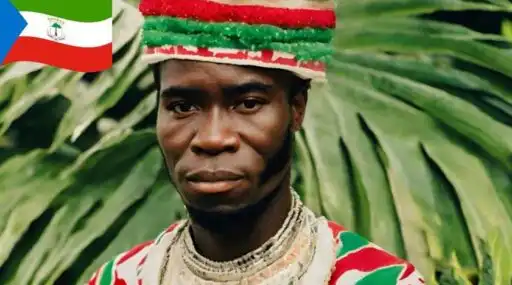
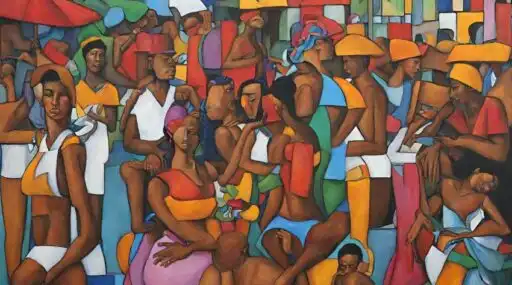

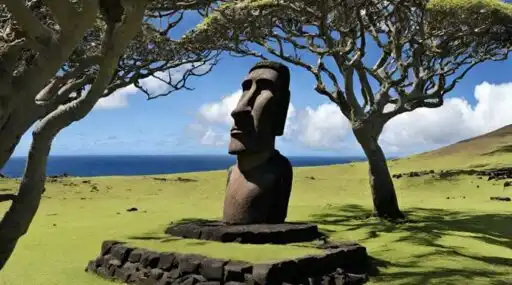
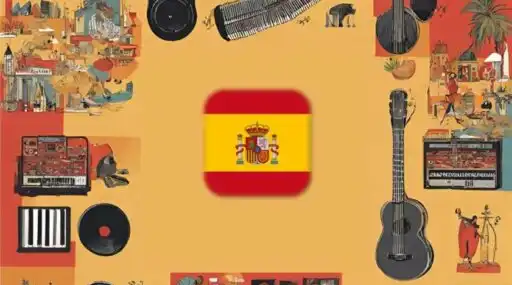
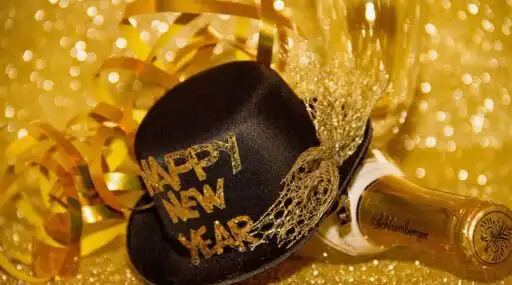
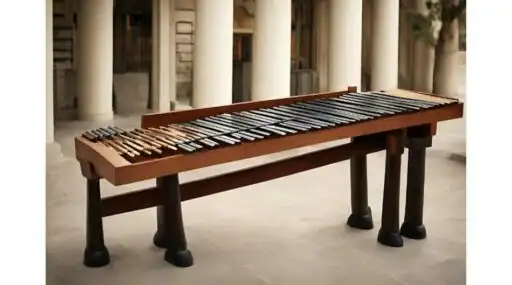
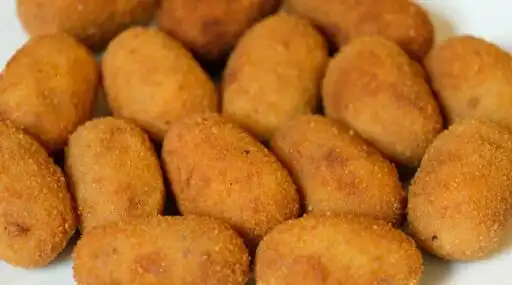
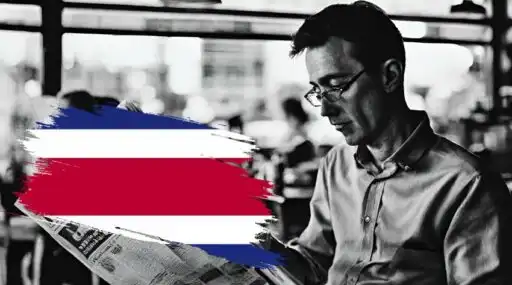
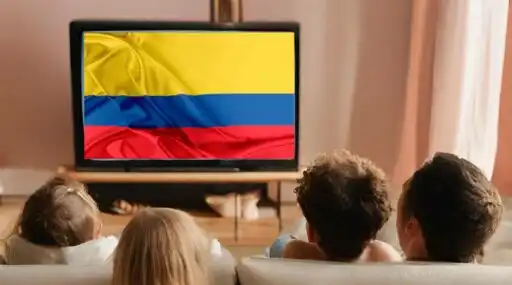
Leave a Reply